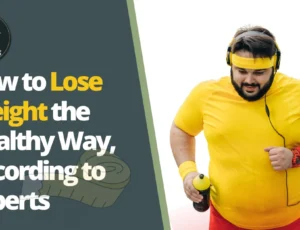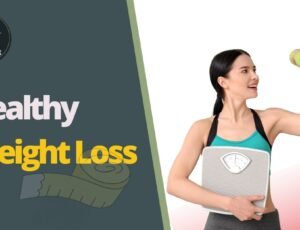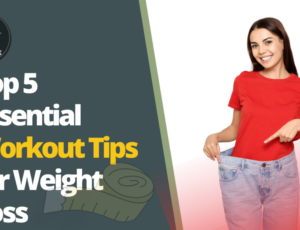
Paleo Diet: Is It the Right Choice for Your Weight Loss Goals?

If you’re on a quest to find the most effective way to shed pounds, the Paleo diet may have crossed your radar. This popular eating approach emphasizes whole foods similar to what our hunter-gatherer ancestors might have eaten.
Table of Contents
Introduction
Proponents tout its potential for promoting significant weight loss. But does the Paleo diet truly reign supreme as the best weight loss diet? Let’s delve into the details and see if this ancient-inspired eating plan can help you achieve your goals.
Understanding the Paleo Diet
The Paleo diet, also known as the “caveman diet” or the “Stone Age diet,” centers around the idea of consuming foods that would have been readily available to humans during the Paleolithic era. This translates to a diet built upon:
- What’s Included:
Fruits and Vegetables: The foundation of the Paleo diet, offering vitamins, minerals, and fiber.
Lean Meats and Fish: Excellent sources of protein.
Nuts and Seeds: Providing healthy fats, protein, and fiber.

- What’s Excluded: The following food groups are strictly avoided on the Paleo diet:
Grains: This includes wheat, rice, oats, barley, etc.
Legumes: Beans, lentils, peas, and peanuts.
Dairy: No milk, cheese, yogurt.
Refined Sugars: Goodbye to table sugar, candy, and most desserts.
Processed Foods: All packaged snacks, pre-made meals, anything with artificial additives.

How the Paleo Diet Promotes Weight Loss
The Paleo diet offers several mechanisms that support weight loss efforts:
- The Power of Protein: Paleo meals are centered around protein-rich foods like meat, fish, and eggs. Protein has a powerful satiating effect, keeping you feeling full and reducing overall calorie consumption throughout the day.
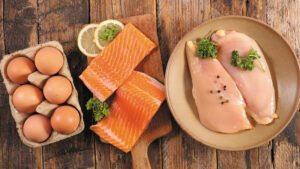
- Low-Carb Approach: By eliminating grains and most legumes, the Paleo diet naturally restricts your carbohydrate intake. This helps stabilize blood sugar levels, preventing the spikes and crashes that can lead to cravings and unhealthy food choices.

- Processed Foods Are Out: Processed foods are notorious for being loaded with empty calories, sugar, unhealthy fats, and sodium – a recipe for weight gain. The Paleo diet eliminates these culprits, making it easier to control your calorie intake.

- Focus on Nutrient Density: By prioritizing fruits, vegetables, nuts, and lean proteins, the Paleo diet supplies your body with a wealth of essential vitamins, minerals, and antioxidants. This nutrient-rich approach supports a healthy metabolism and overall well-being, aiding your weight loss journey.

Important Note: While the Paleo diet can be a powerful weight-loss tool, it’s essential to remember that sustainable weight loss ultimately boils down to a calorie deficit. This means burning more calories than you consume. The Paleo diet can facilitate this deficit without feeling overly restrictive, contributing to long-term success.
Is the Paleo Diet the Best Weight Loss Diet for You?
The Paleo diet’s suitability as your ideal weight loss plan depends on several individual factors. Let’s dive deeper into the advantages and disadvantages to help you make an informed decision:
Advantages
- Weight Loss and Body Composition: The Paleo diet’s emphasis on protein and its reduction of processed foods often lead to weight loss. It may also support a shift toward reduced body fat and increased lean muscle mass.

- Improved Satiety: The high protein and fiber content of Paleo-approved foods contribute to long-lasting feelings of fullness. This can help to decrease cravings and prevent the overeating that contributes to weight gain.

- Metabolic Benefits: Some research suggests potential metabolic improvements with the Paleo diet, including enhanced insulin sensitivity and beneficial changes in blood lipid profiles. This supports weight loss and reduces the risk of metabolic diseases.

- Gut Health Support: Eliminating potential gut irritants like certain grains and legumes may have positive effects on gut health for some individuals. A healthy gut microbiome is associated with improved digestion, nutrient absorption, and overall well-being.
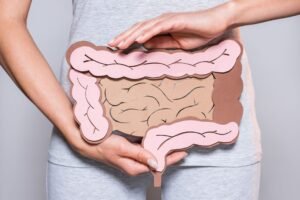
Note: There might be affiliate links mentioned here. We may receive a commission if you purchase a product through an affiliate link. There is no additional charge for you. Please do your own research before making any online purchases.
Drawbacks
- Social Challenges: Dining out or attending social events can be tricky with the Paleo diet’s restrictions. This can affect long-term adherence if it hinders your social life significantly.

- Planning is Key: Avoiding nutrient deficiencies requires meal planning and careful attention to sources of calcium, vitamin D, and potentially other micronutrients typically found in excluded food groups.

- Potentially Higher Grocery Bills: The cost of groceries rises when prioritizing grass-fed meats, organic produce, and specialty Paleo items. This can be a hurdle depending on your budget.

- Lack of Inclusivity: The restrictive nature of the Paleo diet makes it incompatible with specific dietary needs and ethical choices like vegetarianism or veganism.

The Takeaway
The Paleo diet offers a potential route to weight loss, but the decision of whether it’s the “best” depends heavily on your own lifestyle, preferences, and health status. If you thrive on structure and are motivated by the focus on whole food nutrition, Paleo might be a great fit. If flexibility, social freedom around food, and budget are paramount, you may find other weight loss approaches more sustainable in the long run.
Maximizing Your Paleo Weight Loss Success
If you’ve decided that the Paleo diet aligns with your goals and lifestyle, here are some practical strategies to optimize your weight loss results:
The Transition Phase: Instead of a sudden switch to a strict Paleo diet, consider a gradual transition. This allows your body and taste buds to adjust, making the diet feel less daunting.

Don’t Neglect Healthy Fats: Include foods like avocados, nuts, seeds, and fatty fish to provide essential fats and increase satiety.
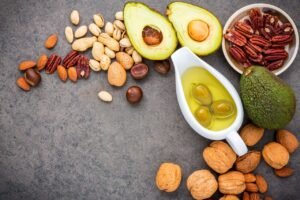
Stay Hydrated: Adequate water intake is crucial for any healthy diet and aids in digestion and detoxification processes.

Manage Stress: Chronic stress can disrupt weight loss efforts. Incorporate stress-management practices like mindfulness, exercise, or hobbies that induce relaxation.

Listen to Your Body: Pay attention to your hunger and fullness cues. The Paleo diet shouldn’t leave you feeling deprived or constantly hungry. Adjust portion sizes or the balance of your meals if needed.

Be Patient: Healthy, sustainable weight loss doesn’t happen overnight. Focus on consistency and building a lasting relationship with healthy eating habits.

Extra Considerations
Food Quality Matters: Opt for high-quality, minimally processed ingredients whenever possible. Grass-fed meats and organic produce are ideal but adjust according to your budget.

Find Your Version of Paleo: There’s some flexibility within the Paleo framework. If it feels overly restrictive, consider variations that allow some healthy starches (like sweet potatoes) or occasional indulgences to improve long-term sustainability.

Should I Consult a Healthcare Professional?
It’s always a good idea to discuss significant dietary changes with a doctor or registered dietitian, especially if you have any underlying health conditions. They can offer guidance and help you assess if the Paleo diet is a safe and appropriate choice for you.
Disclaimer: The information provided in this article is for educational purposes only and should not be considered as a substitute for medical advice. Consult a healthcare professional before implementing any home remedies or making significant changes to your lifestyle.

